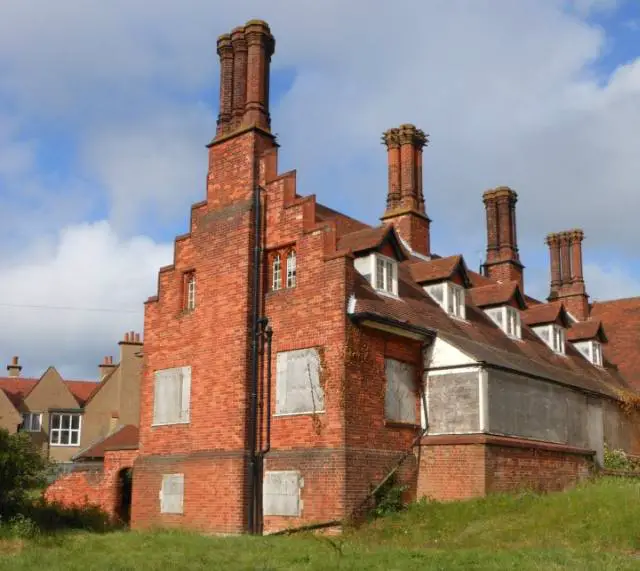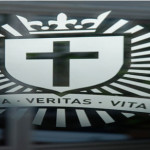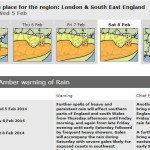This in from the council, in their own words. Ed
The document has been published by the Isle of Wight Council in its role as local planning authority – and will be followed by similar documents for the Island’s other key regeneration areas of Ryde and The Bay.
Enhancement on ‘Heritage at Risk’ register
The document mirrors English Heritage’s national ‘Heritage at Risk’ register, but unlike English Heritage’s document it identifies grade II listed buildings and locally listed assets (including buildings/structures/parks and gardens).
The document, which is available online on the iwight.com website, will be used to inform and support planning approaches and policies, such as the Medina Valley Area Action Plan.
It is hoped that publishing such a document will raise awareness of the Island’s historic assets and help secure their future.
441 entries
All 441 listed buildings, structures, historic parks or gardens within the Medina Valley area were visited and subject to visual assessment from the public highway, public rights of way network or public land.
The assessment was made on their condition and their occupancy, which when applied to an ‘assessment of risk model’ identified the level of risk faced by the asset.
The owners of assets included in the document were given the chance to comment and it has been emphasised to them that inclusion is not intended to criticise or blame, but to focus attention and to seek solutions, both within and outside the planning system.
Deputy Cabinet member with special responsibility for heritage, Councillor Roger Whitby-Smith, said:
“Local heritage is at the heart and identity of places such as the Island – and this council is at the forefront in supporting community involvement in heritage issues.
“Many of the assets listed are privately owned. The council asks that owners seek the valuable knowledge and expertise of the council’s conservation officers, planners and others who know the individual buildings and places; the styles, techniques and materials that are characteristic of a place and how to conserve and preserve them.
“This council will always encourage owners of heritage assets to seek access and obtain the right advice and support to maintain their heritage asset.”
Cabinet member for planning and regulatory services, Councillor Jonathan Bacon, said:
“This is the first of three such documents which we hope will strengthen the awareness of and protection for our historic assets on the Island. It will also help to underpin our developing planning approaches and policies into the future.
“The document will be updated on an ongoing basis – and once it is accompanied by the documents for the other two areas, we will have an even better overall view of the current status of many of the Island’s historic assets.”
Image: © Friends of the Frank James Hospital





